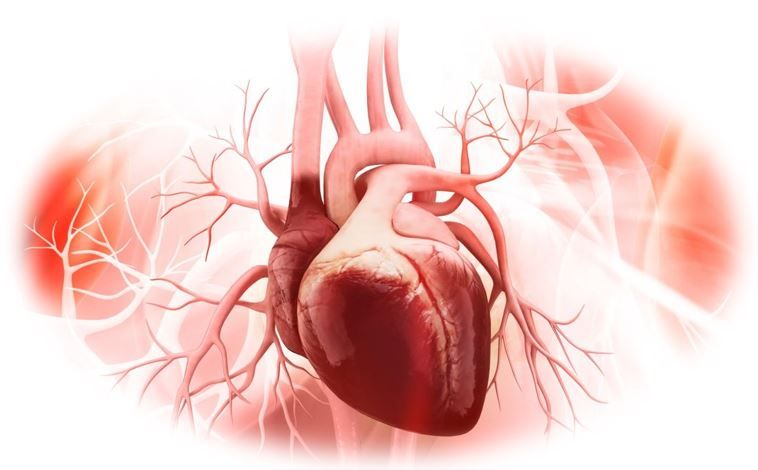- Clinical Technology
- Adult Immunization
- Hepatology
- Pediatric Immunization
- Screening
- Psychiatry
- Allergy
- Women's Health
- Cardiology
- Pediatrics
- Dermatology
- Endocrinology
- Pain Management
- Gastroenterology
- Infectious Disease
- Obesity Medicine
- Rheumatology
- Nephrology
- Neurology
- Pulmonology
Functional Assessment Strengthens Red Meat-Heart Disease Association
Measures of heart function and anatomy were used to assess the effects of red and processed meat on cardiovascular health; findings were reported at ESC Preventive Cardiology 2021.
©abhijith3747/stock.adobe.com

A new approach to assessing the purported link between red meat consumption and cardiovascular risk found that greater intake of red and processed meat was associated with worse results for 3 imaging measures of heart health.
The findings were reported during ESC Preventive Cardiology 2021, an online scientific congress of the European Society of Cardiology (ESC).
“Previous studies have shown links between greater red meat consumption and increased risk of heart attacks or dying from heart disease,” said study author Dr. Zahra Raisi-Estabragh of Queen Mary University of London, UK, in an ESC press release. “For the first time, we examined the relationships between meat consumption and imaging measures of heart health. This may help us to understand the mechanisms underlying the previously observed connections with cardiovascular disease.”
The observational study was conducted among 19 408 participants in the UK Biobank database. The researchers examined associations of self-reported intake of red and processed meat with 3 assessments of heart anatomy and function:
- Cardiovascular magnetic resonance (CMR) assessments of heart function used in clinical practice such as volume of the ventricles and measures of the pumping function of the ventricles.
- Novel CMR radiomics used in research to extract detailed information from heart images such as shape and function
- Vascular elasticity
After multivariable adjustment (included age, sex, deprivation, education, smoking, alcohol, exercise, hypertension, hyperlipidemia, diabetes, BMI), Raisi-Estabragh et al found worse imaging measures across the 3 measures. Specifically, higher red and processed meat intake was associated with smaller ventricular size, reduced ventricular function, and increased arterial stiffness.
Researchers compared these results with observed relationships between heart imaging measures and intake of oily fish, finding that as the amount of oily fish consumed rose, heart function improved and there was less arterial stiffness.
According to the ESC statement, the associations between imaging measures of heart health and meat intake were only partially explained by hypertension, hyperlipidemia, diabetes, and obesity.
“It has been suggested that these factors could be the reason for the observed relationship between meat and heart disease,” said Raisi-Estabragh in the statement “For example, it is possible that greater red meat intake leads to raised blood cholesterol and this in turn causes heart disease. Our study suggests that these four factors do play a role in the links between meat intake and heart health, but they are not the full story.”
Although the study did not explore alternative mechanisms, “There is some evidence that red meat alters the gut microbiome, leading to higher levels of certain metabolites in the blood, which have in turn been linked to greater risk of heart disease,” said Raisi-Estabragh.
“This was an observational study and causation cannot be assumed. But in general, it seems sensible to limit intake of red and processed meat for heart health reasons.”
